Hello! The New Year has come! This year through Sake Talk, we hope to share more about the history and culture of sake with you.
In this post, we will share how sake is enjoyed during various seasons and festivals.
The sake for the New Year is called tosozake (or otoso). Directions for making tosozake are detailed in “Wakan Sansai Zue” (Illustrated Sino-Japanese Encyclopedia), written during the Edo period (1603-1867). Nine herbal medicines such as Atractylodes lancia, shaved cinnamon bark, Saposhnikovia root and Rhizome, Smilax China, Zanthoxylum fruit, Chinese bellflower, Rhubarb, Aconite tuber and small red beans were combined in a bag and submerged in a well on the night of New Year’s Eve. Then, on New Year’s Day, the bag was pulled up from the well and steeped in sake to make and drink tosozake.
Although there are various methods of making tosozake with differing types and amounts of herbal medicines, tosozake was drunk at the beginning of the year as a kind of spell to prevent illness for that whole year. Today, bags containing herbal medicines for making tosozake are still sold at pharmacies at the end of the year.
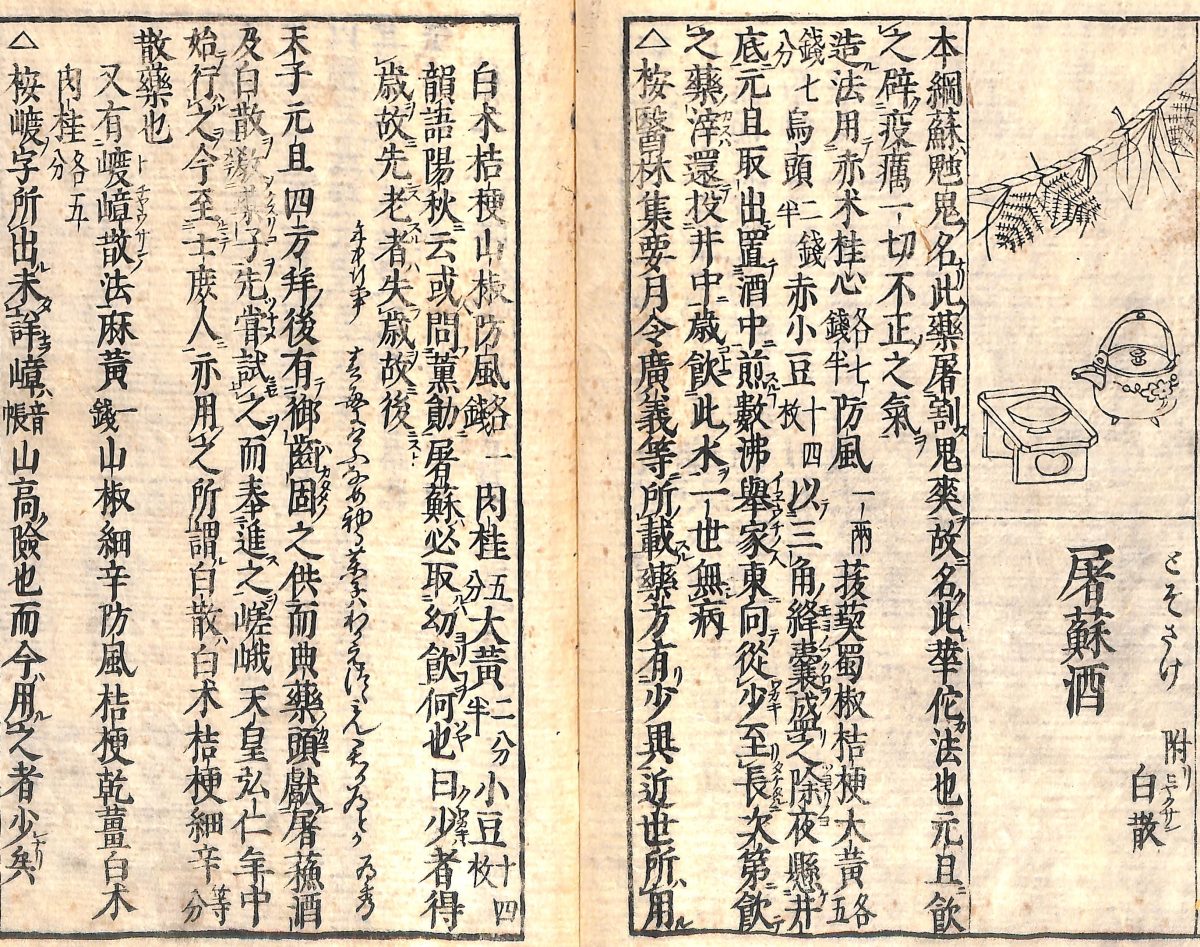
On March 3rd during the Dolls’ Festival, shirazake, or white sake, was drunk. Shirazake is a sweet sake made by mixing rice malt and glutinous rice with either sake, shochu, or mirin, and grinding them together. Ōta Nanpo, a well-known cultural figure of the Edo period (1603-1868), described in his book “Jinshin Shouki” that Toshimaya, a popular shirazake manufacturer in Edo at that time, sold 2,400 casks of shirazake by the morning of February 18, and that some visitors even passed out in the crowds of people looking to buy the sake. This shows how much the Edo people looked forward to drinking shirazake on Doll’s Festival day!
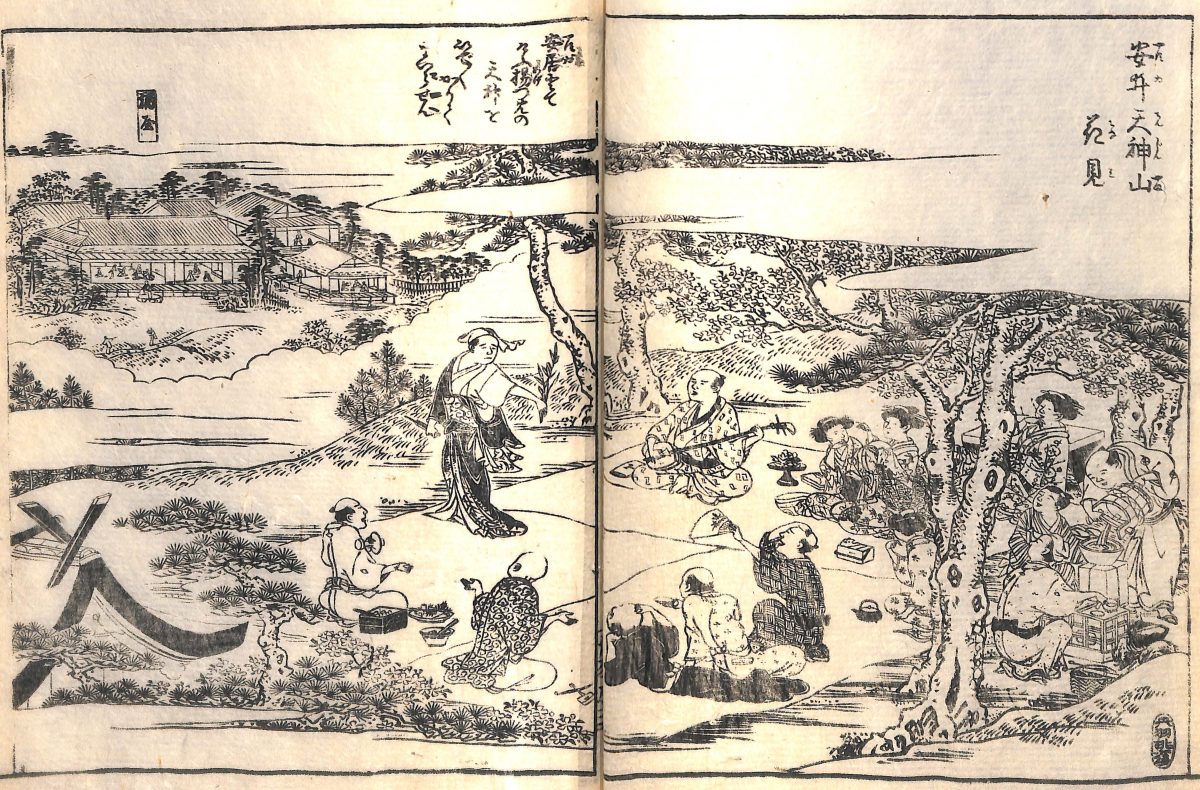
When spring comes and the cherry blossoms begin to bloom, it is time to enjoy hanamizake while viewing cherry blossoms. As mentioned in a previous “All About Sakura” article, the custom of cherry blossom viewing flourished in the Edo period. The guidebook “Settsu Meisho Zue” (Illustrations of Famous Places in Settsu Province, published in the 18th century), depicts people enjoying sake while viewing cherry blossoms. The blooming of cherry blossoms created a huge demand for sake.
On May 5th during the Boys’ Festival, shōbuzake, or iris sake, was drunk. Many people may associate kashiwa-mochi (rice cake wrapped in oak leaves) and chimaki (dumplings wrapped in bamboo leaves) with the Boys’ Festival, but iris sake, made by soaking iris roots in sake, was also a part of this day in the past. Shōbuzake is said to be drunk for the purpose of dispelling evil spirits and healing all illnesses.
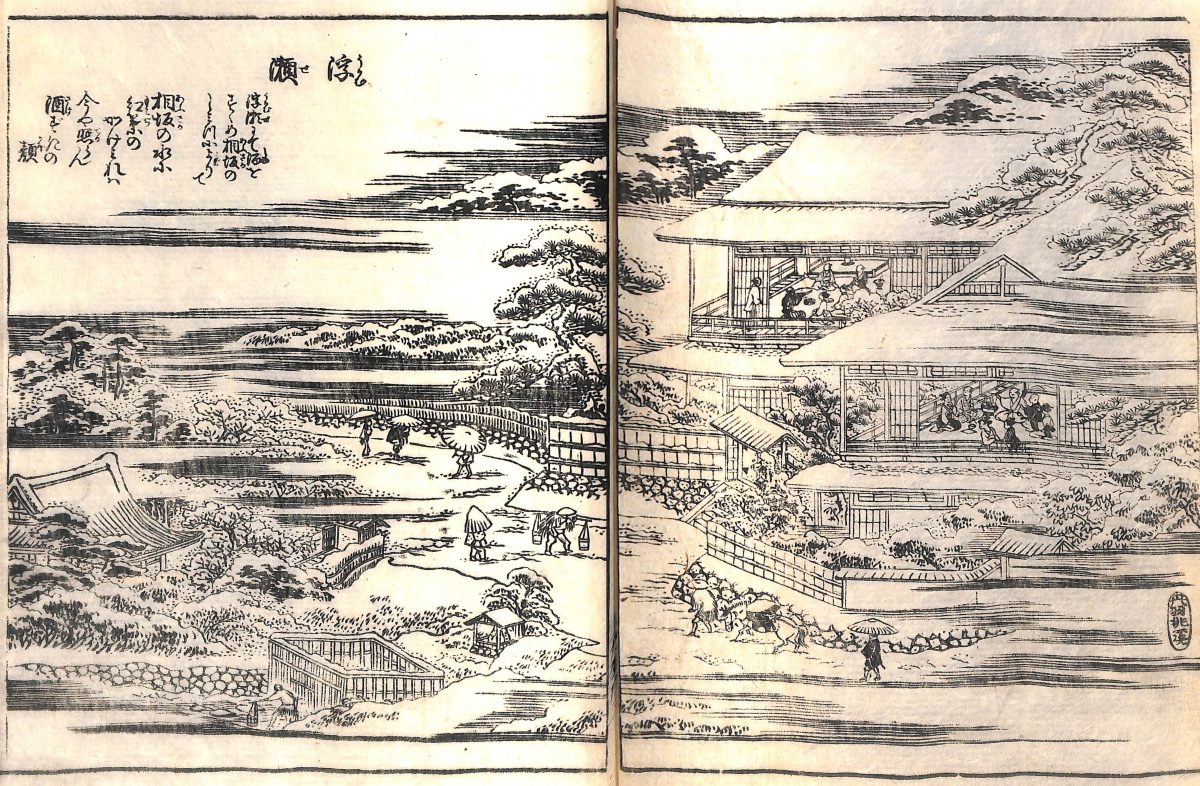
During the Chrysanthemum Festival on September 9th, kikuzake, sake with chrysanthemum flowers floating in the sake cup, was drunk along with prayer for longevity. On August 15 in the old lunar calendar, sake was drunk while admiring the Mid-autumn moon; a practice called tsukimizake. In winter, sake was enjoyed while viewing the snowfall; a practice called yukimizake.
Today, in the face of rapid changes in the natural environment and modern society, many of the customary ways to enjoy the seasons and pray for health on festive occasions are being lost. We hope you will enjoy a rich year with seasonal festivals, starting with a New Year’s tosozake. Please look forward to more fun and educational posts this year!



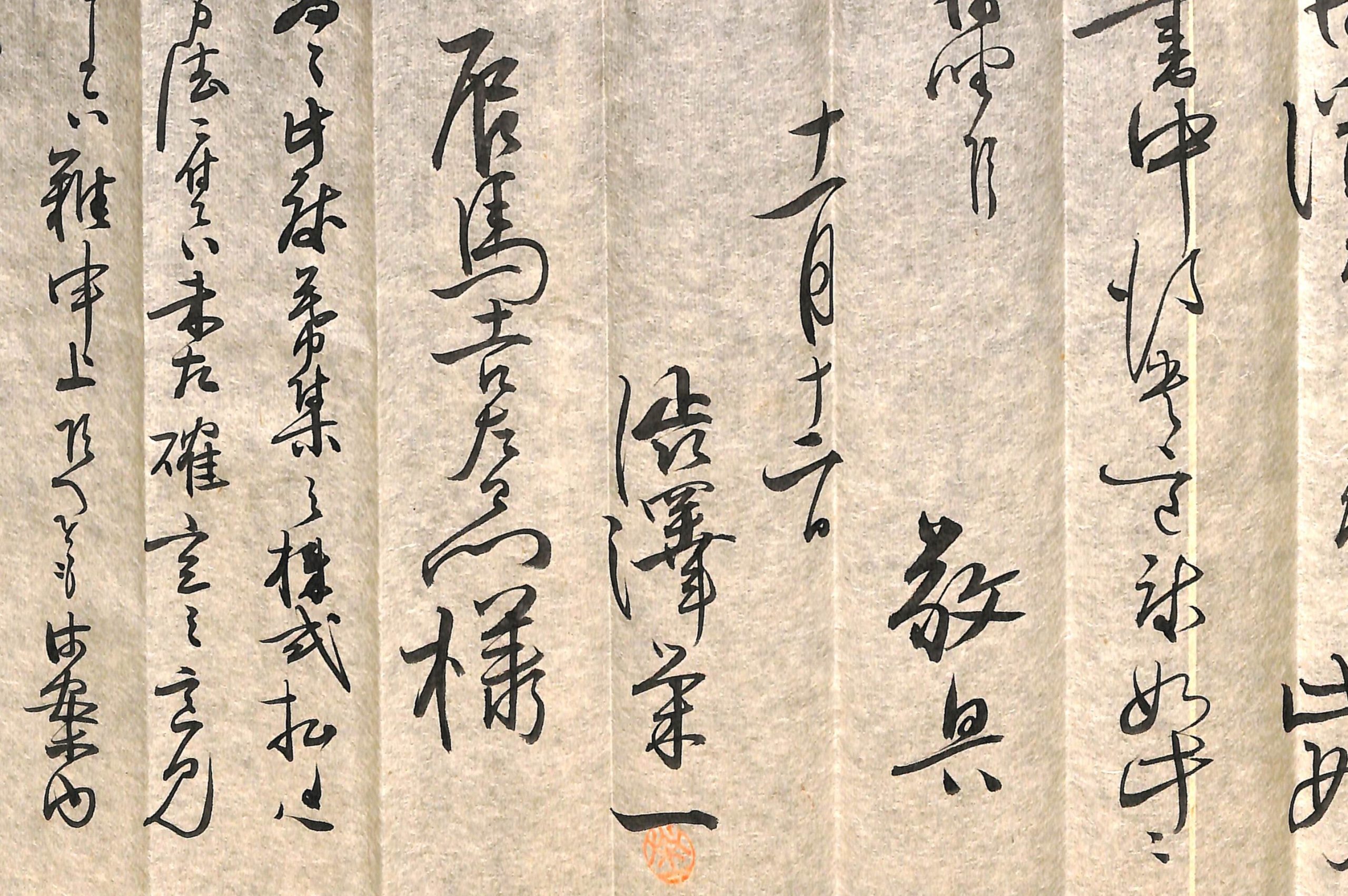
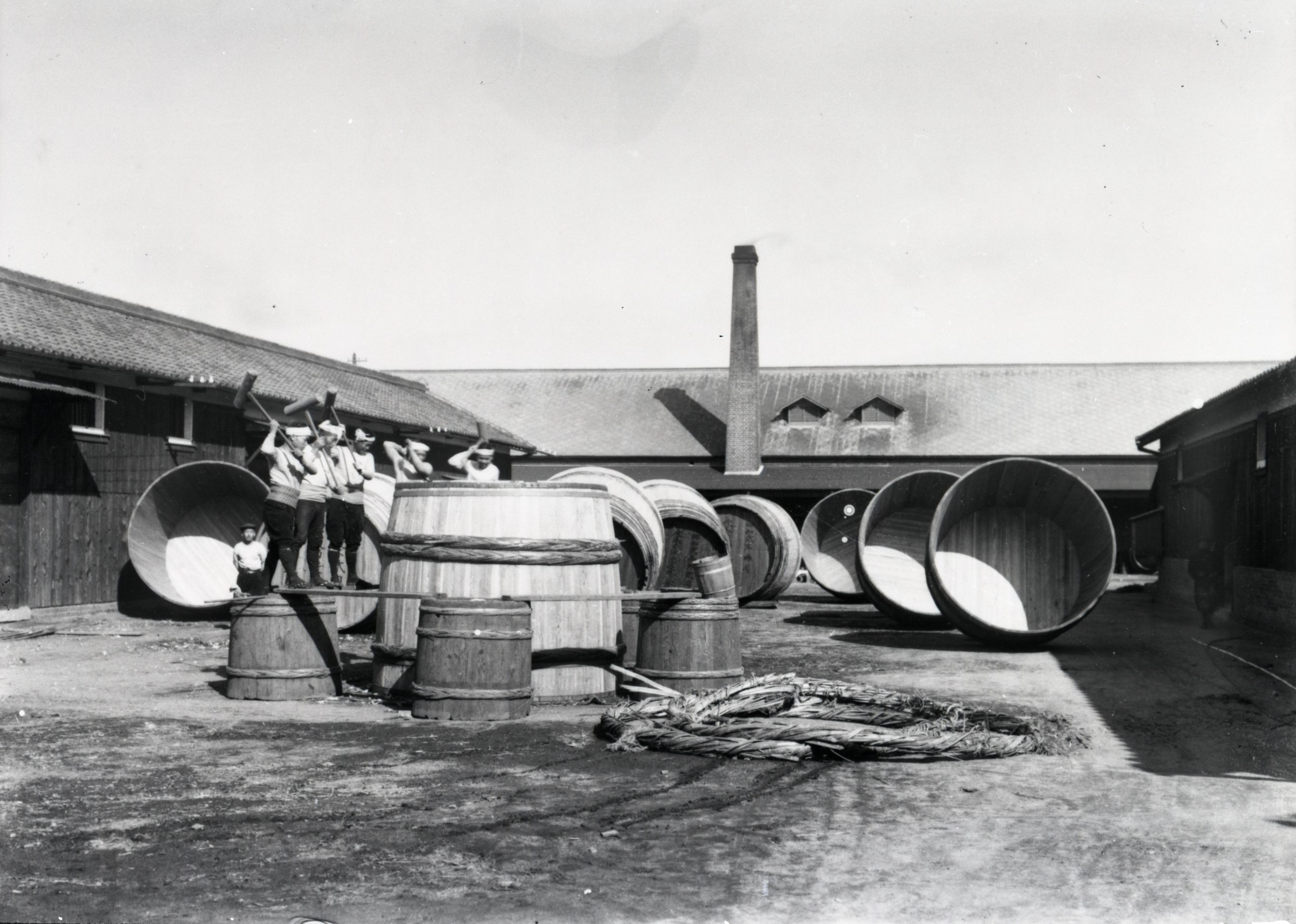
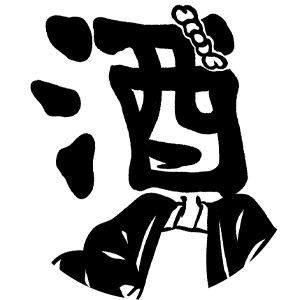
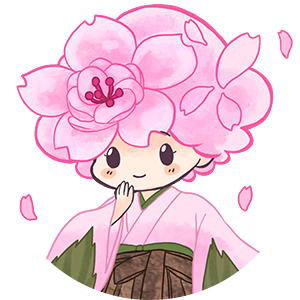
In the Meiji period, the method of transporting sake was also changed!